Fine woodworking is a craft weighed by accuracy.
As I have stated in a previous article, the accuracy at which a woodworker executes the use of his tools is what, in most part, will determine the quality of their finished product. Uneven or poor fitting joints, miter joints that don’t form a 90° angle, wobbly furniture, etc are often as a result of faults made in the preparation phase of the production process.
These are more often than not due to even the smallest measuring errors and can result in days of labor leading up to an unsatisfying result.
It is for this obvious reason that the woodworkers measuring tools for woodworking are one of the most important collections in their tool arsenal.
Quality measuring equipment is a fine woodworker’s best friend.
Accurate execution begins with accurate measurements.
The art of woodworking is a process that starts with measurements. Whether surveying an area to design your project accordingly, measuring and marking lumber for sizing before you start assembling your project or setting up and calibrating your machinery. Often these executions do not allow much wiggle room or tolerances and therefore require trustworthy, good quality measuring tools to be used as a reference.
The beginner’s essentials – When starting a new project one of the following measuring tools will be the first thing you reach for.
- Tape measure
- Ruler
- Framing square
- Try square
- Combination square
- Vernier caliper
All of the above-mentioned tools are available in imperial and also metric measuring systems. I prefer to have access to both but this is a personal preference and is in no way a necessity.
1. Tape Measure
It is likely that a tape measure would be the first thing that comes to mind when thinking about a measuring tool for woodworking. They generally come in lengths ranging from 10 ft to 25 ft (3 – 8 m) which make them great for quick measurements of short and longer distances between two point.
However, by no means should your tape measure be your primary measuring tool when marking in smaller units or where precise measurements are required. They lack the trustworthiness required when marking where low tolerances are required.
For beginners, a 16 ft tape measure should cover all the bases. They are smaller and are used more comfortably.
2. Ruler
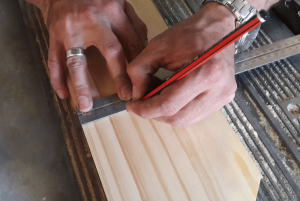
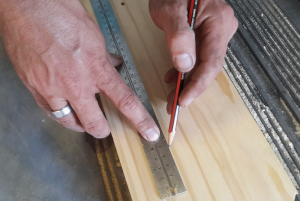
A ruler does suffer limitations in range due to it’s set length so keeping a 6-inch as well as a 12-inch steel ruler in your arsenal should have you covered. It is often more comfortable and convenient to measure shorter distances with a ruler and in addition, will deliver a more reliable reading (given the quality and proper calibration of the tool) than a tape measure. A ruler will perform as a straight edge, to guide a pencil for accurate marking as well.
3. Framing square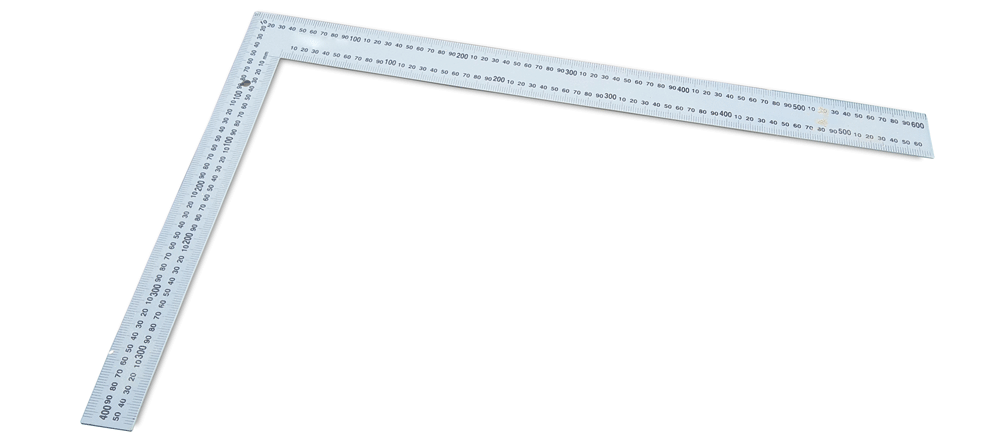
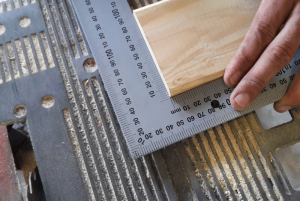
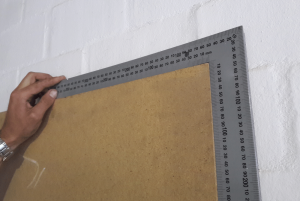
Framing squares are essentially square rulers. They are manufactured with a true 90° angle and are used to mark or check right angles on joints and cuts for conformity. Framing squares are available in a range of sizes with 12X8″ and 24X8″ being the more common sizes.
These squares are used throughout the production process to ensure each angle produced is in fact, 90°. They are particularly handy when doing casework as well.
4. Try Square
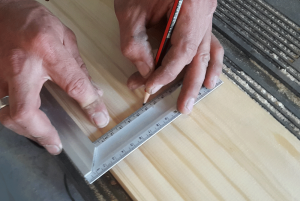
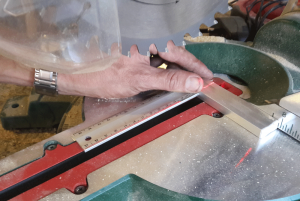
Just like a square ruler a try square is manufactured with a fixed true 90° angle but in addition, also incorporates a wider base to be used as a stopper. It’s main function being marking and checking if an edge or cut is square in relation to an adjacent edge. Most try squares also have the ability to produce a 45° angle.
5. Combination Square
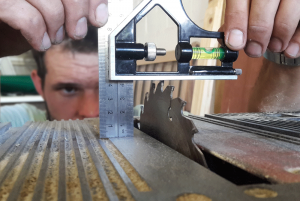
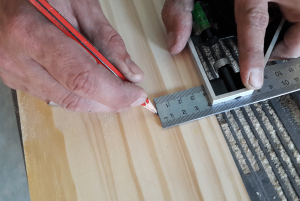
Though this tool is a favorite for some in the woodworking community due to its versatility I find it an asset when using the sliding head as a base or reference point when marking a workpiece.
It is also very useful when setting or checking your power tools like table saws or plunge routers.
6. Vernier Caliper
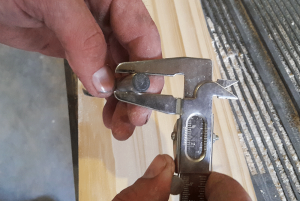
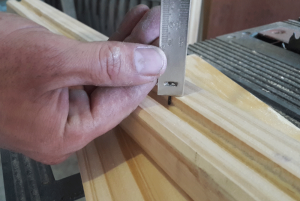
This tool might not make it onto most lists as an essential for beginners but I felt I should add it because when it comes to precision measurements (that are important as stated previously) there is none that can challenge a vernier caliper. In a woodworking application, these have become useful tools when checking depths, widths, and diameters on tools as well as a workpiece.
Don’t skimp on quality
A selection of these tools will be used on just about all your woodworking projects and are therefore of the most important links in your fine woodworking chain. Using a square that isn’t a true 90° or combination square that has play on its mechanism will show in your finished product and lead to disappointment. Always ensure using good quality tools for measurements.
Tool care
Calibration is key when it comes to measuring equipment.
We can assume when purchasing a new tool that it is properly calibrated but if proper tool care is not practiced these tools won’t stay calibrated for long.
Avoid dropping these tools and never place heavy objects on top of them. When they are not being used, ensure proper storage to avoid rust.

Woodworkjunkie.com, DIY like a pro.
If this information was helpful or you have any questions, let us know in the comment section.
Alternatively, you can e-mail us at admin@woodworkjunkie.com.


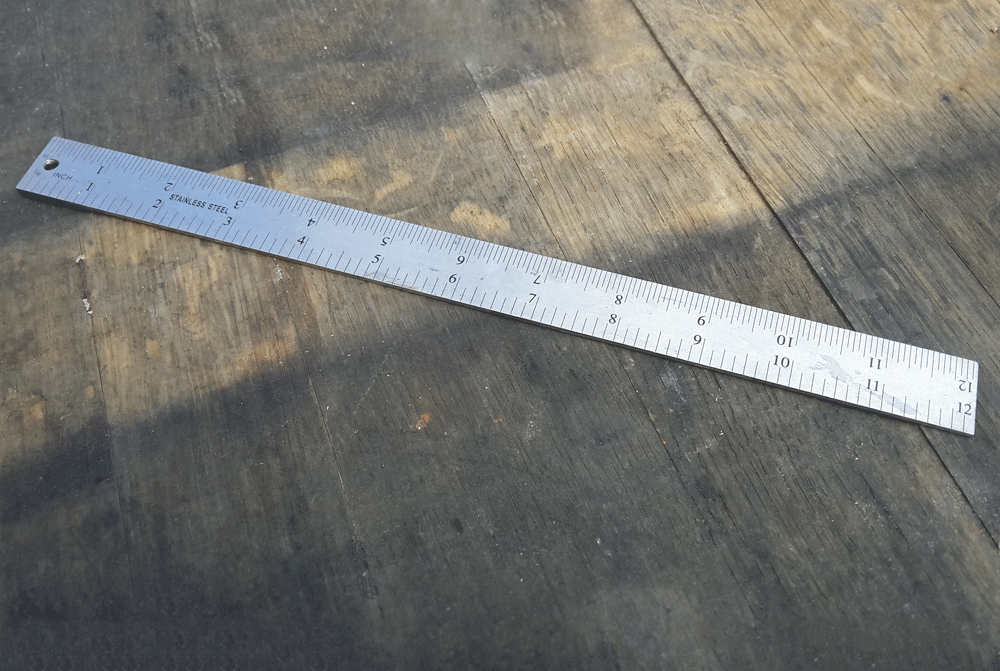
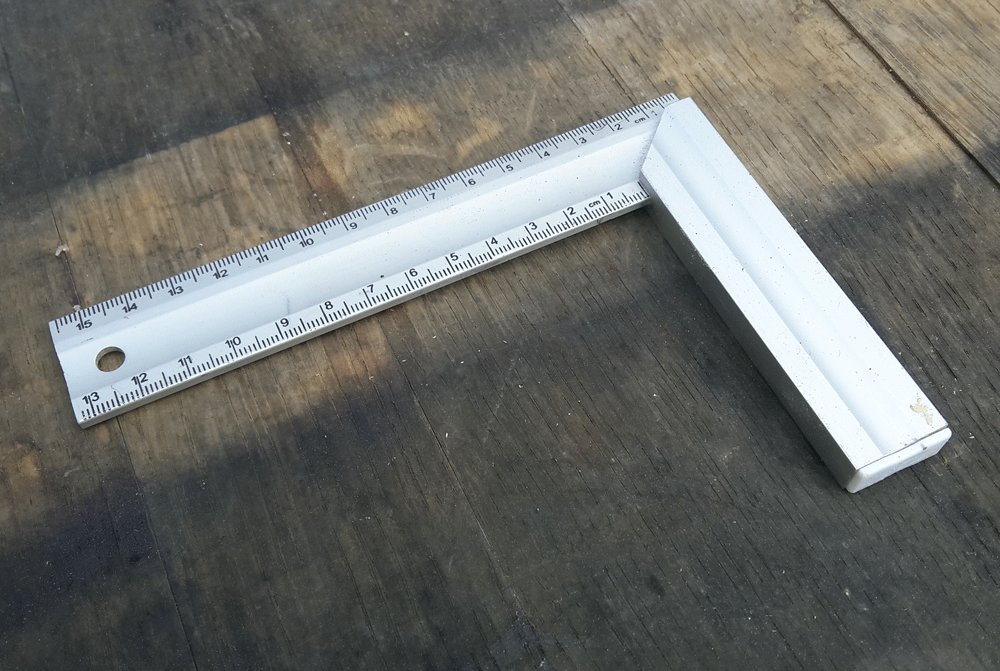
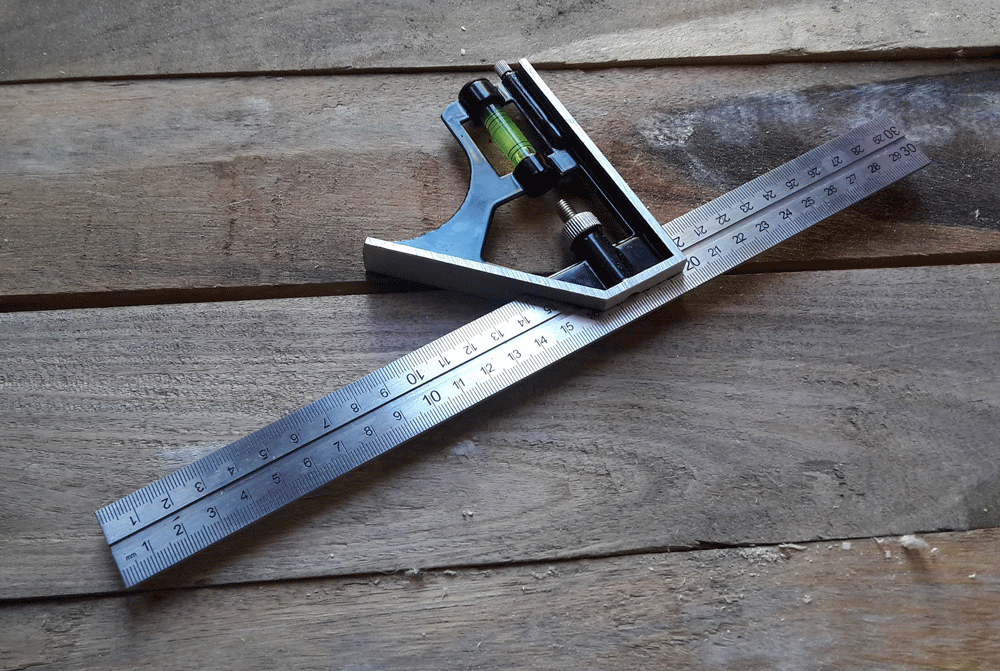
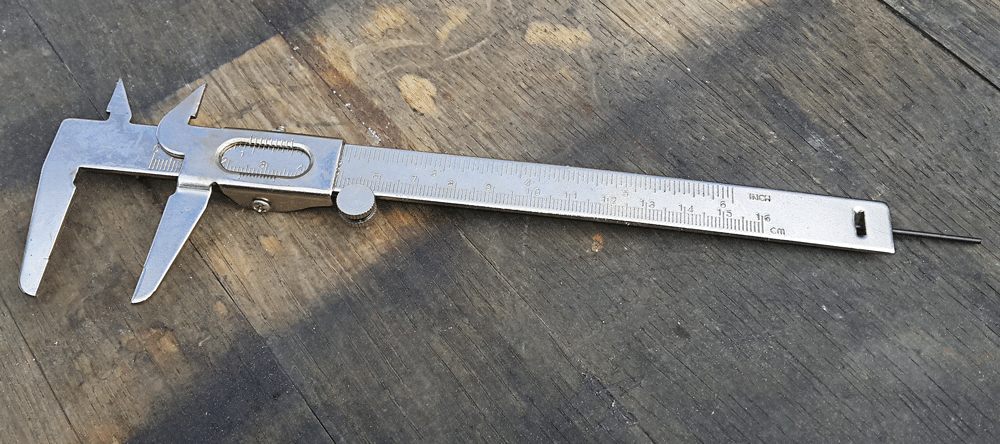
Jean, I loved your post. I am a carpenter want-a-be. By reading your article, I realized that I am lacking in some tools, and pleasantly surprised to have others. Thank you for keeping it simple.
Hey Tony.
Thanks for you comment.
These tools are not that expensive and will make a world of difference in the quality of your projects if used correctly.
Building high quality wooden furniture really does start with the right measurements.
Jean
I all the time see framing squares and did not have an idea what these are used for.
And you are absolutely right about vernier caliper. It does not make lists but it looks essential for precision measurements. I will definitely get one. Do you have favorite one or a list for vernier caliper?
Hey Furkan
Mutitoyo is a brand of vernier that very much stands out for me. High quality precision tools definitely. But maybe a bit overkill for woodworking.
There are many affordable digital vernier calipers available that would be more then enough for a woodworking hobbyist.
Jean
Hi Jean!
Great post! I was looking for a new hobby and somehow I stumbled across your article! I never considered woodworking. I’ve seen a few videos of what people with imagination can do and I gotta tell you that I was pretty amazed. Perhaps I’ll give it a try. I never knew what a Vernier Caliper is until I read your post. Thank you for your post and keep up with the good work!
Hello Andrei.
Woodworking as a very rewarding hobby and I will always endorse practicing it.
It is true, with a bit of practice and a little imagination, you can make amazing things.
I do hope you give it a try.
Jean
I loved your article. For someone who wants to learn but has no clue, all of your information for beginner woodworking tools is great! I definitely do not have all of those tools but will be investing soon. Thanks so much for the info!
No problem Maria.
Always happy to help.
Happy woodworking.
Jean
Hi what about speed square? Do you think does it really need while woodworking though I have a combination square?
Hi Karl,
Honestly, no. I don’t even own a speed square but there are many people that would disagree with me because they are quick and convenient.
My opinion, if you working 90s and 45s a combination square would deliver better results. That’s why I prefer working with it instead.
Jean